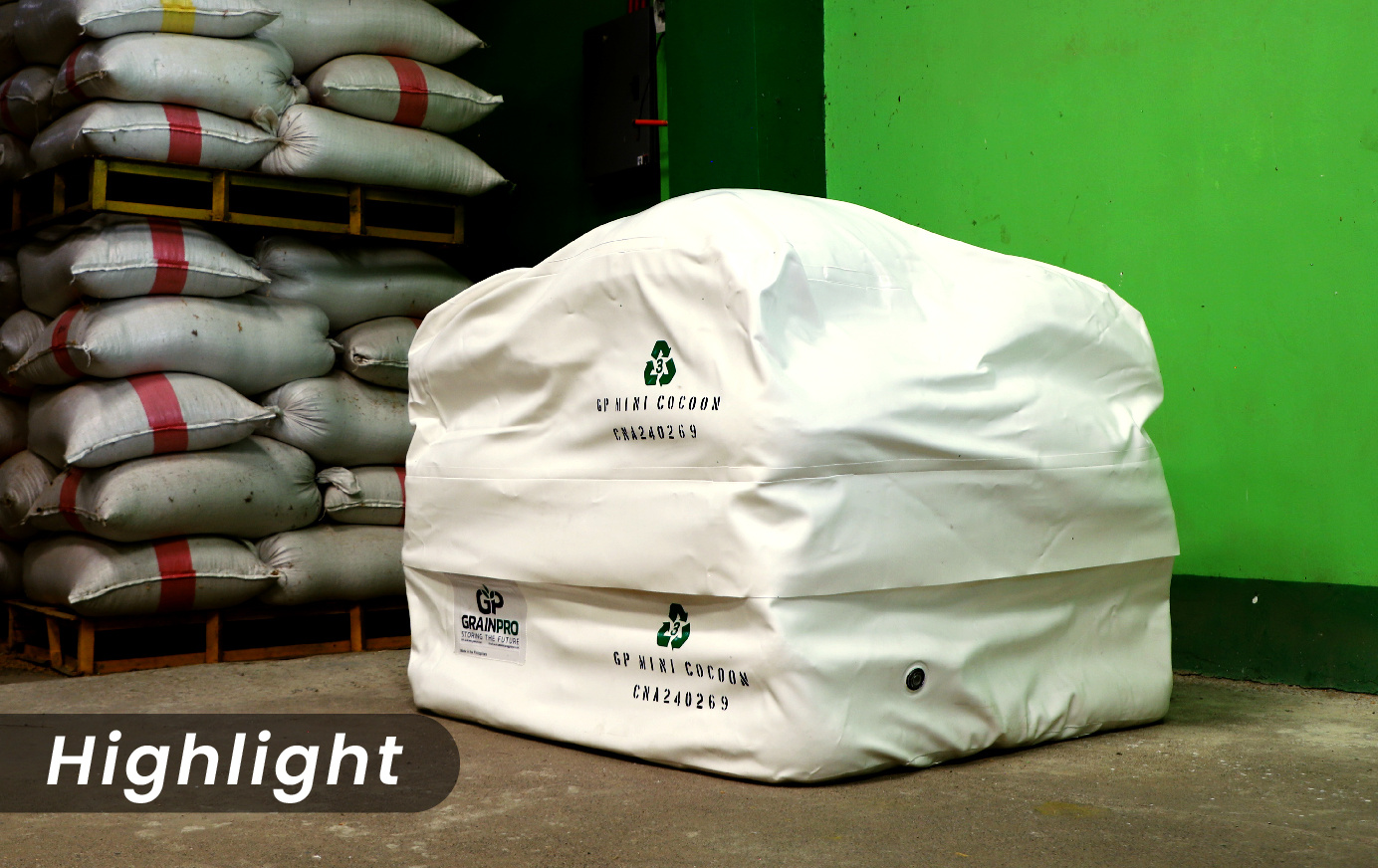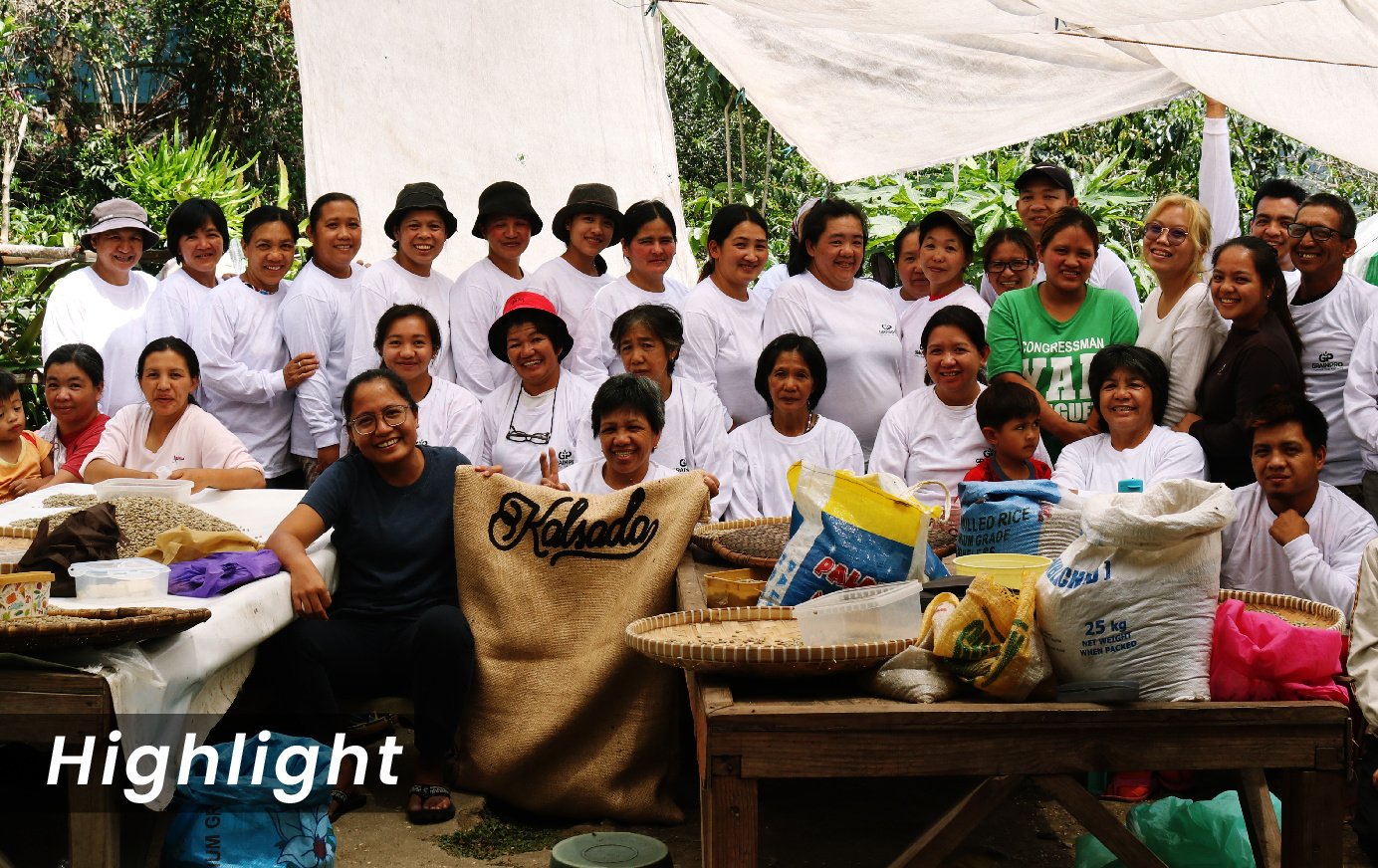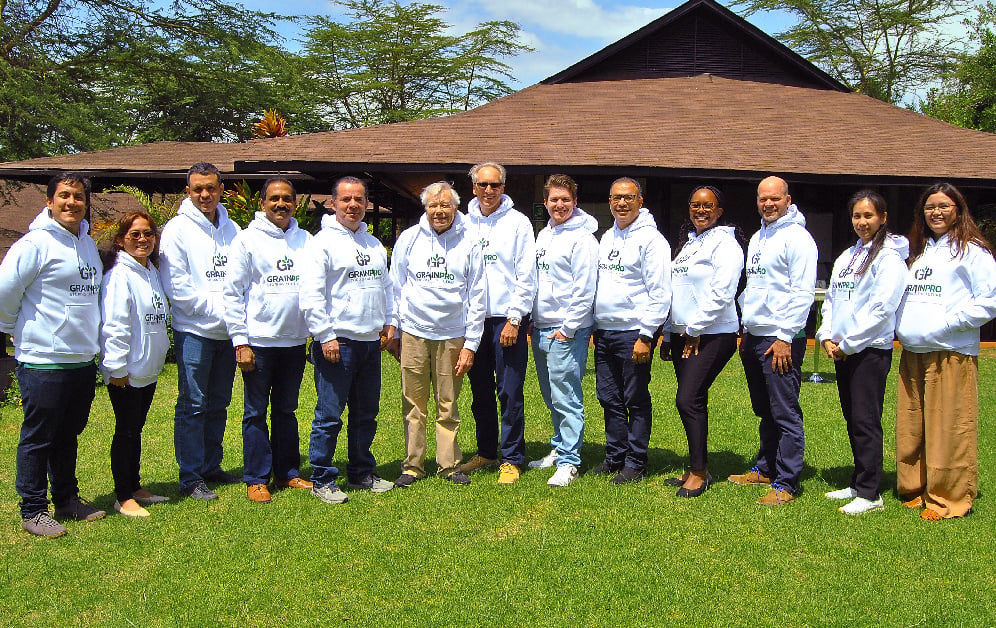Climate change is a sad reality that we are facing right now, and its effects are irreversible.
As defined by the United Nations, climate change refers to the long-term shifts in temperature and weather patterns in a particular location. While these changes are natural, human activities, more specifically the greenhouse gas (GHG) emissions that we generate as a result of our actions, have been the main drivers of climate change. From simply turning on our air conditioners, and filling up our vehicles to preparing our meals — all these contribute to greenhouse gas emissions.
Currently, our food systems, from production to consumption — processing, transport, and packaging — account for more than one-third of the world’s total greenhouse gas emissions. Although these greenhouse gases are beneficial to us because they trap the sun's heat and keep our planet from freezing and becoming uninhabitable, human-generated GHGs have been mainly responsible for amplifying the Earth's natural greenhouse effect, thereby accelerating global warming and, consequently, climate change.
How does climate change impact smallholder farmers?
Despite the fact that agriculture adds to the climate problem by being one of the key contributors to GHG emissions, it is still heavily dependent and vulnerable to the weather. And, if we continue to face severe climate impacts, hundreds of millions of smallholder farmers will be affected, from the money they earn from their crops to the food they provide for their families.
The frequency, intensity, and scale of extreme weather events have increased. Excessive rainfall, for example, could cause flooding and make it impossible for farmers to dry their crops. For decades, the majority have relied on the sun-drying method to preserve and dry crops; however, due to erratic weather patterns, farmers cannot always rely on it. Delays in drying, as well as partial or inadequate drying, can affect the quality of crops, potentially resulting in both quality and quantity losses.
Flooding also poses a risk to stored crops, particularly those commodities stored in traditional packaging such as jute or woven polypropylene sacks, which are porous and provide no water protection and result in damage or, worse, loss of farmers' hard-earned harvest.
Along with excessive rainfall and flooding, pest damage is another challenge that farmers face, and it is expected to worsen as climate change progresses. According to the FAO, pests destroy up to 40% of our global crop production each year, costing us $220 billion.
Many smallholder farmers still use jute or woven sacks because they are affordable and widely available; unfortunately, insects can easily penetrate and infest these types of storage or packaging. And, since the use of traditional storage is ineffective when it comes to protecting commodities from insects, this leads to the increased use of pesticides and chemical fumigants. As a result, too many commodities are lost to pests and compromised by the use of pesticides, resulting in income loss and quality degradation.
Due to the fast-changing climate, we cannot always assume and rely that weather patterns will remain consistent. For this reason, understanding and adapting to climate-smart agriculture is critical particularly for smallholder farmers who are adversely impacted by the negative effects of climate change.
Climate-smart agriculture (CSA) is not a whole new set of methods for farmers to learn, but rather it’s a whole new approach to the way we do agriculture under these changing climates. By responding to the actual or potential effects of climate change and incorporating climate-smart solutions in their practices, farmers can then address the challenges that they are facing and become more resilient to changing weather conditions.
Climate-Smart Sustainable Hermetic Solutions
The agricultural sector needs to modernize to mitigate the effects of climate change. To do this, smallholder farmers and big agricultural companies must both adopt new technologies in their everyday practices.
One such technology is hermetic solutions which uses air-tight and gas-tight environments to preserve the quality and quantity of dry agricultural commodities. GrainPro’s Cocoon does this on small and large scales, catering to the various storage needs of farmers. The GrainPro Cocoon can protect harvested crops from insects by depriving them of oxygen, effectively eliminating eggs, larvae, pupae, and adult insects. Mold growth is also inhibited in hermetic containers, ensuring that no toxic substances such as aflatoxins are present in the stored commodities.
Most importantly, the GrainPro Cocoon can be used even under erratic weather such as sudden rainfall or flash floods. This is all done without the use of electricity, making it a more sustainable and climate-smart solution.
GrainPro also developed energy-efficient drying solutions. The Collapsible Dryer Case (CDC) is a drying case that uses solar energy and is foldable in case of sudden rains. This prevents re-wetting, mold growth, and overall quality degradation. The CDC is similar to traditional drying methods that smallholder farmers use, with added protection against erratic weather conditions.
A more advanced drying solution is also available for smallholder farmers. The Solar Bubble Dryer can quicken drying time by using hot air generated using solar power, all the while protecting commodities from contaminants and erratic weather. This solution can increase productivity and help conserve electricity at the same time.
GrainPro Solutions Utilized Globally
Smallholder farmers all over the world have been introduced to the climate-smart solutions offered by GrainPro. Many are currently benefiting from the effectiveness and simplicity of hermetic technology. In Pakistan, one farmer earned 25% more in income for his red chili peppers because he used GrainPro’s hermetic storage. This farmer is only one of many smallholder farmers that Haji Sons, the group spearheading the use of GrainPro solutions within the area, are partnering with. Through this, they aim to prevent post-harvest losses caused by climate change and sustainably increase the farmers’ income.
In Kenya, where projections suggest that the average annual rise of temperatures will be 2.5 degrees Celsius by 2050, smallholder farmers are acting fast. Geoffrey Krop Toung’ole is spreading awareness of the benefits of GrainPro’s solutions when it comes to mitigating the effects of climate change. Since Kenya has seen changing rainfall patterns, which could possibly lead to droughts, Geoffrey knows it’s critical to eliminate post-harvest losses and preserve all food crops as much as possible.
Smallholder farmers in Latin America are also taking action against climate change with the help of GrainPro solutions. Food 4 Farmers, an organization partnering with Latin American coffee farmers and cooperatives, recognizes the seriousness of the effects of climate change, especially on food insecurity. To help solve this, Food 4 Farmers and GrainPro have created a partnership that will support farmers in securing income and battling chronic hunger amidst the ill effects of climate change.
Smallholder farmers are one of the most vulnerable groups when it comes to the effects of climate change. New technologies and techniques must be adopted by governments and farming communities to keep up with changing times.
Date Published: January 13, 2022




.jpg)